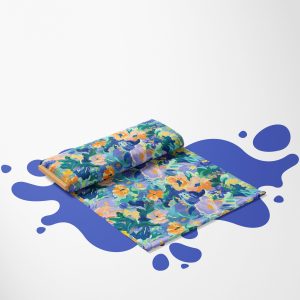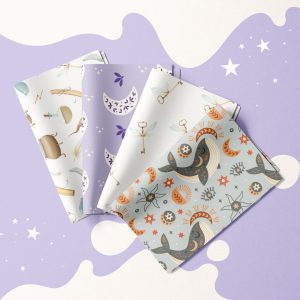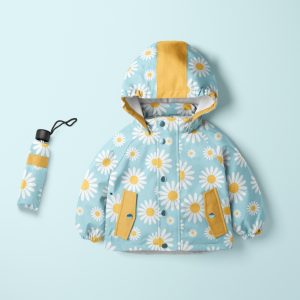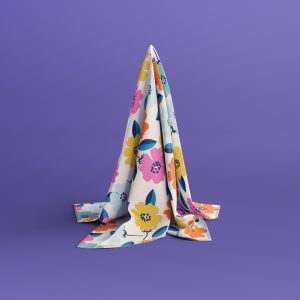All the athletes and disciplines have so many needs in terms of materials for sports clothes. Choosing suitable fabrics is not easy, because thermal comfort and range of movement during exercise depend on it. What properties should materials for sportswear have? What to pay attention to and what to avoid?
Table of Contents
- What matters when choosing a material for sportswear?
- What fabrics are best for sportswear?
- Polyester
- Lycra
- Cotton
- Bamboo
- How to care for sportswear?

What matters when choosing a material for sportswear?
Choosing the right fabric for sportswear can be a bit tricky, but here are some factors to consider when making your selection.
First and foremost, activity. Consider the type of activity you will be doing. Some activities, such as running and cycling, require lightweight, breathable fabrics that wick moisture away from the skin, while others, like weightlifting, may require fabrics that are more durable and offer more support.
The second key thing is comfort. Choose a fabric that feels good against your skin and allows for a full range of motion. Look for fabrics that are stretchy and soft. Comfort goes hand in hand with moisture-wicking when it comes to sportswear. Pick a fabric that can keep you dry and comfy during a workout.
The durability of the textile for sportswear is another big thing. Sportswear has to withstand a lot of wear and tear, so choose a fabric that can hold out against the demands of your chosen activity. Look for fabrics that are resistant to tearing and abrasion.
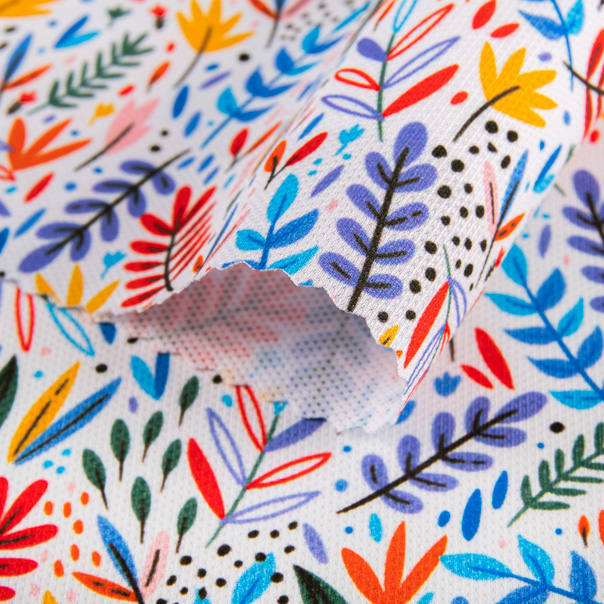
Also, take climate into account. Think about the climate you will be exercising in. If you live in a hot, humid climate, you will want a fabric that is lightweight and breathable, while if you exercise in colder weather, you may want a fabric that is more insulating.
Last but not least, consider the care instructions for the fabric. Choose a fabric that is easy to care for and won’t require special handling or dry cleaning.
Ultimately, the best fabric for sportswear will depend on your individual needs and preferences. It’s important to try on different fabrics and styles to find the right fit for you.
What fabrics are best for sportswear?
When it comes to sportswear, there are a few fabrics that are particularly well-suited for the demands of athletic activity. Of course, the decision is ultimately an individual thing and you have to pick a textile that suits all your needs. Here are some of the best fabrics for sportswear.
Polyester
Polyester is a popular fabric for sportswear because it is lightweight, durable, and wicks moisture away from the skin. This helps to keep you cool and dry during exercise. Polyester is a popular fabric for activewear for several reasons. Firstly, it is lightweight and breathable, making it ideal for activities that require a lot of movement and exertion. It also has excellent moisture-wicking properties, meaning it can absorb sweat and keep the wearer dry and comfortable. Another advantage of polyester is its durability. It is resistant to abrasion and tearing, which means it can withstand the wear and tear of regular use. It is also quick-drying, which makes it a good choice for outdoor activities where the weather may be unpredictable. Polyester is also easy to care for. It can be machine washed and dried without shrinking or losing its shape. It is also resistant to wrinkles and fading, which means it will look great even after multiple washes and wears.

Lycra
Spandex, also known as Lycra or elastane, is a stretchy fibre that is often blended with other materials to add flexibility and range of motion to sportswear. It also helps to keep the garment snugly in place during movement. The high stretchability of lycra makes it perfect for strenuous movements. Lycra can stretch 100 times more than its original size. As with any synthetic fabric, lycra does not absorb moisture, so it dries quickly after a workout or washing.
Cotton
Nylon is another lightweight and durable fabric that is often used in sportswear. It is known for its quick-drying properties and ability to resist abrasion.
Bamboo
Bamboo is a natural fabric that is becoming increasingly popular in sportswear. It is moisture-wicking, anti-bacterial, and has a soft feel that is gentle on the skin.
Ultimately, the best fabric for sportswear depends on the specific activity and personal preference. It’s important to choose a fabric that is comfortable, durable, and able to keep up with the demands of your chosen sport or activity.
How to care for sportswear?
Proper care of sportswear is important to help them last longer and maintain their performance capabilities. Always read the care label on your sportswear and follow the instructions carefully. This will help you understand the specific care requirements for the fabric and ensure that you don’t damage the garment. Use cold water instead of hot water to wash sportswear. Hot water can cause shrinkage and damage to the fabric. Also, use a gentle, low-sudsing detergent that is specifically designed for sportswear. Do not use fabric softener on sportswear. Fabric softener can leave a residue on the fabric that can clog the pores, reducing the garment’s breathability and performance Air-dry your sportswear instead of using a dryer. The high heat from a dryer can damage the fabric and elastic. Hang the garments on a clothesline or lay them flat on a clean, dry surface.
By following these tips, you can help ensure that your sportswear stays in great condition and maintains its performance capabilities.

